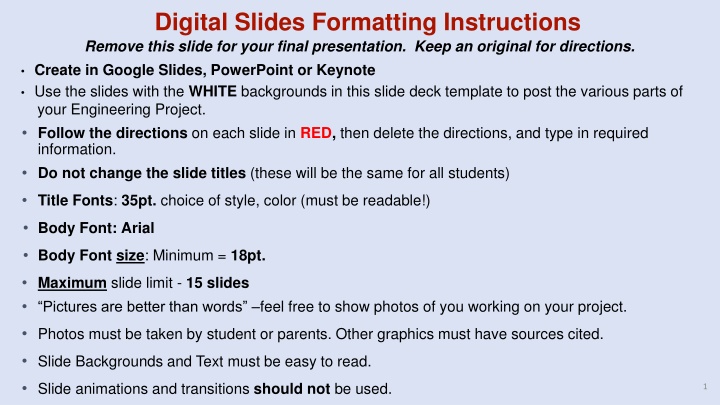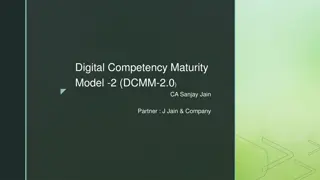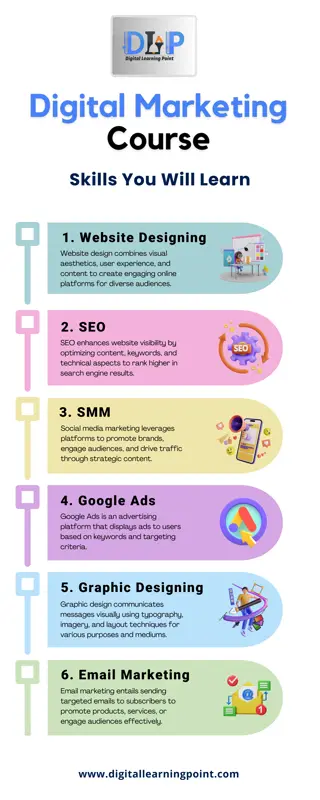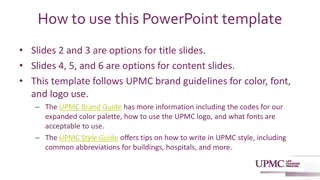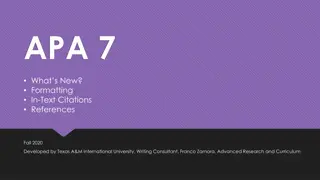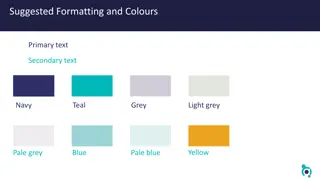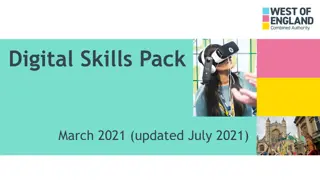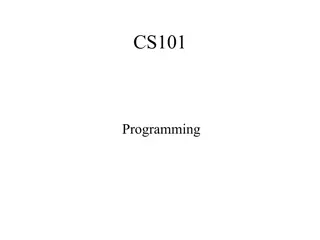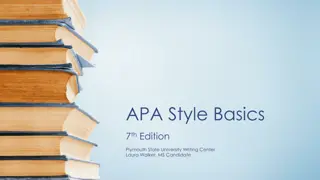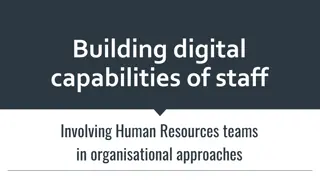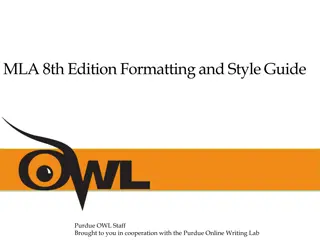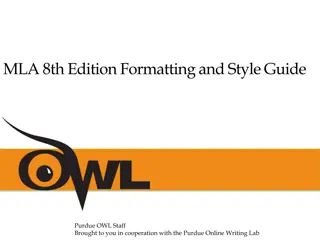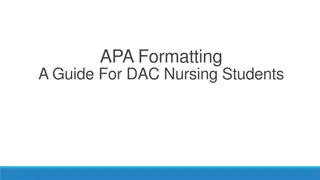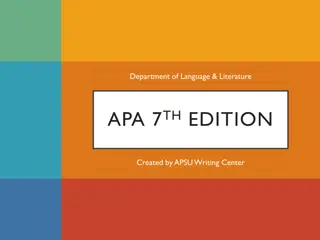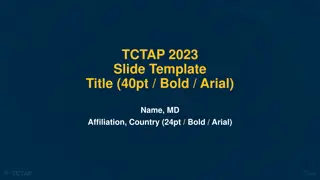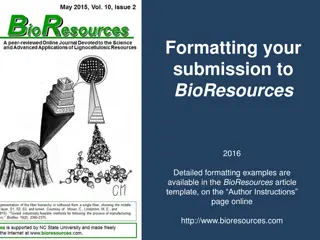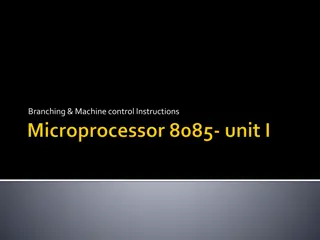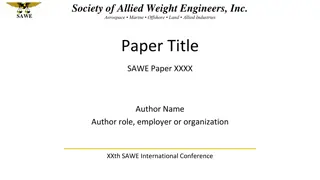Digital Slides Formatting Instructions
In engineering, defining the problem is crucial. This slide prompts you to articulate the core issue you aim to address, such as erosion control, water removal, or litter cleanup. Add your project photo or a relevant background image for a customized touch.
Download Presentation

Please find below an Image/Link to download the presentation.
The content on the website is provided AS IS for your information and personal use only. It may not be sold, licensed, or shared on other websites without obtaining consent from the author.If you encounter any issues during the download, it is possible that the publisher has removed the file from their server.
You are allowed to download the files provided on this website for personal or commercial use, subject to the condition that they are used lawfully. All files are the property of their respective owners.
The content on the website is provided AS IS for your information and personal use only. It may not be sold, licensed, or shared on other websites without obtaining consent from the author.
E N D
Presentation Transcript
Digital Slides Formatting Instructions Remove this slide for your final presentation. Keep an original for directions. Create in Google Slides, PowerPoint or Keynote Use the slides with the WHITE backgrounds in this slide deck template to post the various parts of your Engineering Project. Follow the directions on each slide in RED, then delete the directions, and type in required information. Do not change the slide titles (these will be the same for all students) Title Fonts: 35pt. choice of style, color (must be readable!) Body Font: Arial Body Font size: Minimum = 18pt. Maximum slide limit - 15 slides Pictures are better than words feel free to show photos of you working on your project. Photos must be taken by student or parents. Other graphics must have sources cited. Slide Backgrounds and Text must be easy to read. Slide animations and transitions should not be used. 1
Engineering Project Title: Problem: In Engineering, you state your question as a PROBLEM: Examples: Problem: Controlling hillside erosion in our city. Problem: Removing flood water from orange tree orchard. Problem: Removing litter from Alameda Bay s sea floor. (Optional: You may insert a photo of your project or use a creative background that pertains to your project here.) Name: School: Teacher: 2
Abstract Write the abstract last, after all your results and analysis are finished. The abstract is a summary (250 words or less) of your project and must include: Problem Procedures Data and brief analysis (no graphs) Conclusion (State whether and WHY your proposed solution was or was not validated). 3
Introduction (Background Research) (2 slides, if needed ) Brief summary of the Background Research needed to understand your problem. Cite sources of solutions similar to your problem or served as inspiration for your solution, if applicable. Include citations when referencing other scientists work. (click on the citations link above for examples) Optional: Include the Criteria and Constraints necessary to solve your problem, if you are aware of any. Example: Criteria: The requirements or what a solution must have or do to be successful. The standards the solution must meet. Constraints: Limitations or conditions that the solution must meet: time, money, size, materials, etc. Optional: an explanatory graphic or photo, map of your research location, etc., may be included. 4
The Engineering Solution, Prototype/Model to be tested. In lieu of a Scientific Hypothesis, please state the Solution or Prototype/Model that you are going to test. 5
Materials Type a bulleted list of the items you used to complete your project. Be specific about the amounts used. 6
Procedure (2 slides, if needed) List and number all the steps used in completing your project, include any re-testing you performed. Draw and label a drawing/photo of any prototype or set-up that you used to test your solution. Optional: Add photos (with captions) to show the steps of your procedures. 7
Results Data/Observations (2 slides, if needed) Include any data you collected while testing your solution or prototype/model. If your testing procedures had repeated trials, make a data table AND/or graph(s) to show your results. (click on the data table AND/or graph(s) link above to see examples) Add your written, qualitative observations, telling what happened when you tested you solution or prototype/model. You may include any pictures of your solution-prototype/model being tested. 9
Revised Solution and Prototype/Model (3 slides, if needed) If you revised or re-designed your Solution, Prototype/Model, then use slides 12, 13, and 14 to: - tell WHY you re-designed your prototype/model, or experimental design. - provide your new revised design and/or experimental setup. (label all drawings) - provide your data charts & graphs from retesting your revised design. If you did NOT re-design your solution, prototype/model, then delete slides 12, 13 and 14 and advance to the Discussion,slide #15, to complete the slide deck. 11
Discussion (2 slides, if needed) Summarize and ANALYZE your data including trends, errors and variables that could have influenced the results. If data was collected, use appropriate statistics (average, % error, and a variety of statistical tests to analyze your results. (click on the statistics link above for examples) Note: Be sure to develop arguments for and against the solution you tested. Relate your findings to other studies and cite those studies, if available. (Up to 2 slides if needed OK to add graphics) 12
Conclusion Type a brief summary here of what you discovered based on the results of your testing. You need to indicate whether or not your data supports your proposed solution and the reason for your conclusion. (no more than 250 words) 14
Reflection/Application Things you might want to reflect on: What did you learn from doing this project? What you might have done differently? What would be your next steps for researching this problem? How can your results be applied in everyday life? How could your results be applied to other studies? Teams: What were the benefits/challenges of working as a team to find a solution? 15
References Cited 1. Include both print, electronic sources and any personal interviews citations and put them in alphabetical order. 2. Use APA Citation formatting Example: https://www.mendeley.com/guides/apa-citation-guide 3. Make sure your references match and include any citations mentioned elsewhere in your project. 4.Citation Requirements: - Jr Projects = Minimum 3 references - Sr Projects = Minimum 5 references 16
